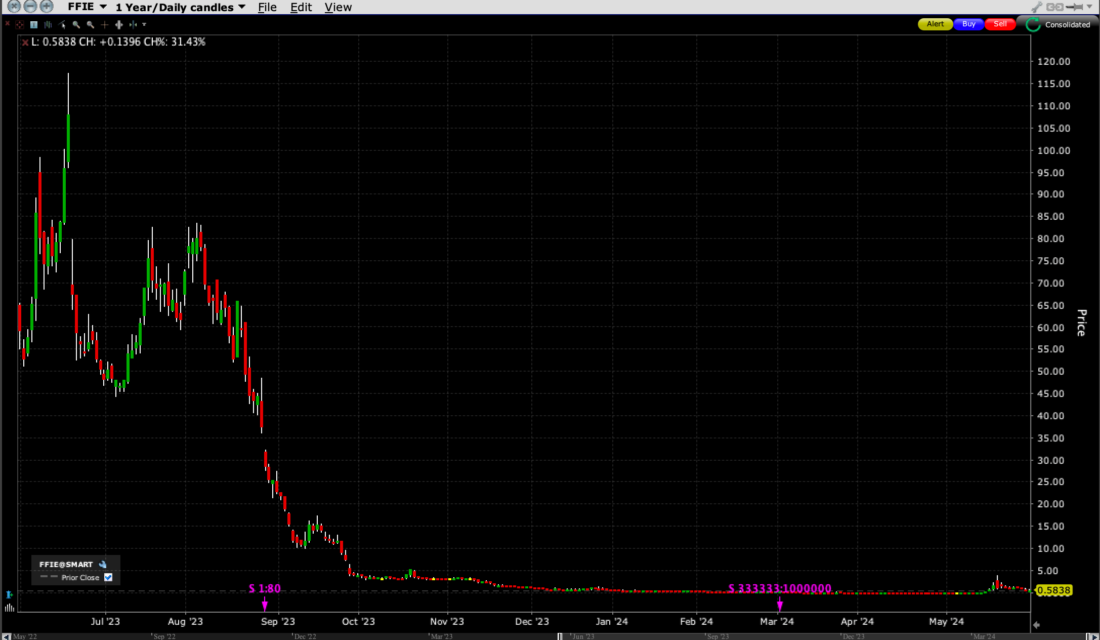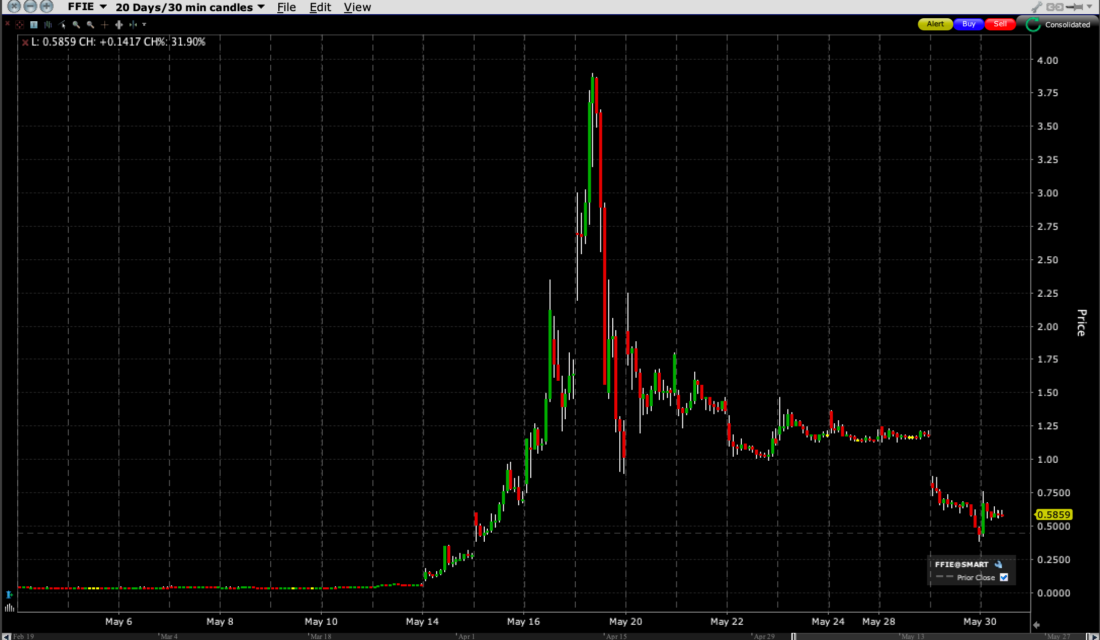Momentum Trading Vs. Greater Fool Theory
Over the past few weeks, we have seen a dramatic increase in the trading of speculative stocks. The recent meme-stock mini-craze got much attention, but the volumes and activity in a wide range of small-cap stocks have seen a marked upsurge as well. Clearly, volume begets volume. We know that many of you are participating because we have seen an upsurge of customer orders in names like GME, AMC, FFIE, and a slew of other idiosyncratic stocks. If so, ask yourself whether you’re relying on momentum trading or the “greater fool theory”.
Momentum trading is a well-respected strategy. In its simplest form, it is highly related to trend following. I’ve called that “Newton’s First Law of Markets”, where a market in motion remains in motion unless acted upon by an outside force. Thus, if a stock is trending higher, it behooves traders to utilize a long bias, and vice versa. That’s hardly foolproof, of course, since those pesky outside forces tend to arise at inopportune times, but the logic is time-tested.
Those trends often arise for excellent reasons. Think about the market’s current poster child, Nvidia (NVDA). That stock has had a remarkable uptrend lasting well over a year, but there is a fundamental reason for the advance – NVDA has posted a perhaps unprecedented streak of beating market consensus for revenues and profits, raising its guidance, then beating the raised guidance and raising it once more. At some point expectations will exceed reality, but how and when remain a mystery. In a broad market sense, we see secular trends that relate to the economy and/or monetary policy that propel them in one direction or another.
But there are times when those trends arise for non-obvious reasons and become over-extended quickly and precariously. Exhibit A will be FFIE, Faraday Future Intelligent Electric. They describe themselves as a mobility ecosystem company. Unfortunately, FFIE has been unprofitable since coming public in 2020 and has reverse split its stock 1:3 in March and 1:80 in August. Healthy companies don’t need reverse splits to remain eligible for exchange listings. As a result, we have a one-year chart that looks like this:
FFIE, 1-Year Chart, Daily Candles, with Reverse Splits Notated
(Click on image to enlarge)

Source: Interactive Brokers
Not a pretty chart, to be sure. For better or worse, this trend was well-defined. But look what happened recently:
FFIE, 20-Day Chart, 30-Minute Candles
(Click on image to enlarge)

Source: Interactive Brokers
Ummm, that got interesting, no? I’m frankly not sure what caused the stock to lift from its doldrums around 4 cents, but we can see that once it did lift, it began to do so exponentially. We don’t typically see stocks go from under a nickel to nearly $4, then back towards $1 within the course of a week – all on immense volume.
This is where I find it difficult to separate momentum investing from the greater fool theory. Whenever we invest or trade we hope that someone will pay a higher price for our shares in the future than we paid today. But why? If a company is steadily earning money, then there is a solid rationale to expect that it will ultimately be worth more on a per share basis at some point. If the economy is improving and monetary conditions are sufficient, then it is reasonable to expect that the market as a whole will be higher eventually.
But if you’re buying shares in a fundamentally questionable enterprise simply because they are rising, especially if that rise is parabolic, then you are simply hoping that someone will get suckered into paying more than you did. It might work, but there is no reason to believe that it will. That is literally the greater fool theory. It is not investing. This is not to say that one can’t make money by jumping onto fast moving situations – some of you undoubtedly did – but please be realistic about the potential for risk and reward. Someone top-ticked FFIE on May 17th and lost big. They proved to be the greatest fool that day. Please don’t let that be you!
More By This Author:
Stocks Stop Ignoring Bonds (At Least For Now)We Don’t Know If “Sell In May” Works Until June (At The Earliest)
Nvidia - The Market’s Atlas
Disclosure: The analysis in this material is provided for information only and is not and should not be construed as an offer to sell or the solicitation of an offer to buy any security. To the ...
more


